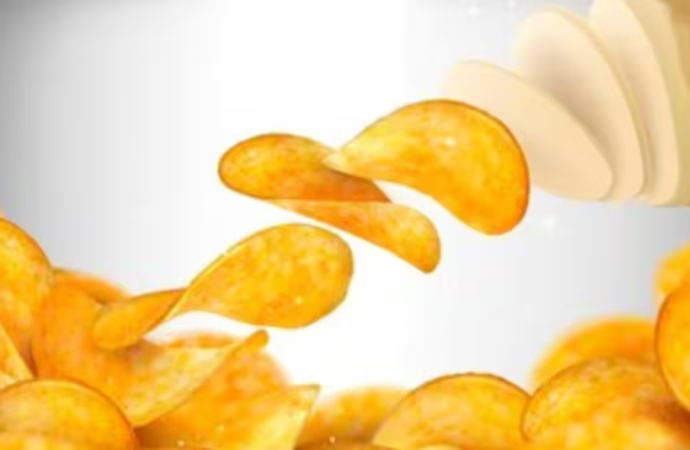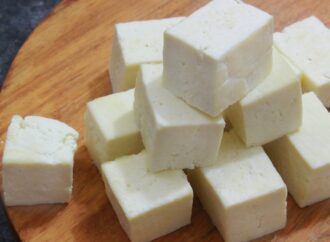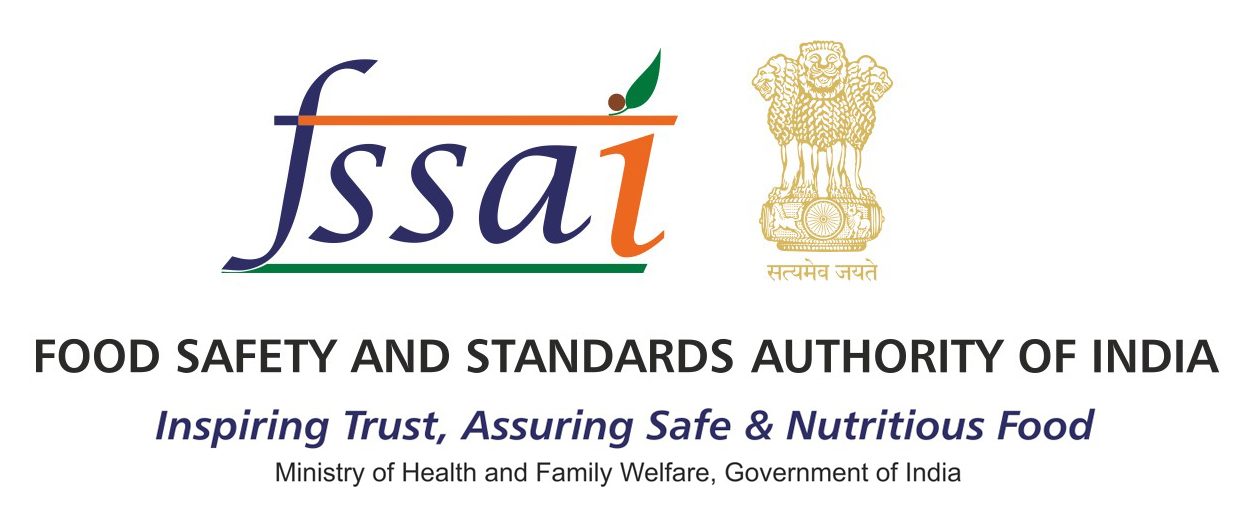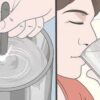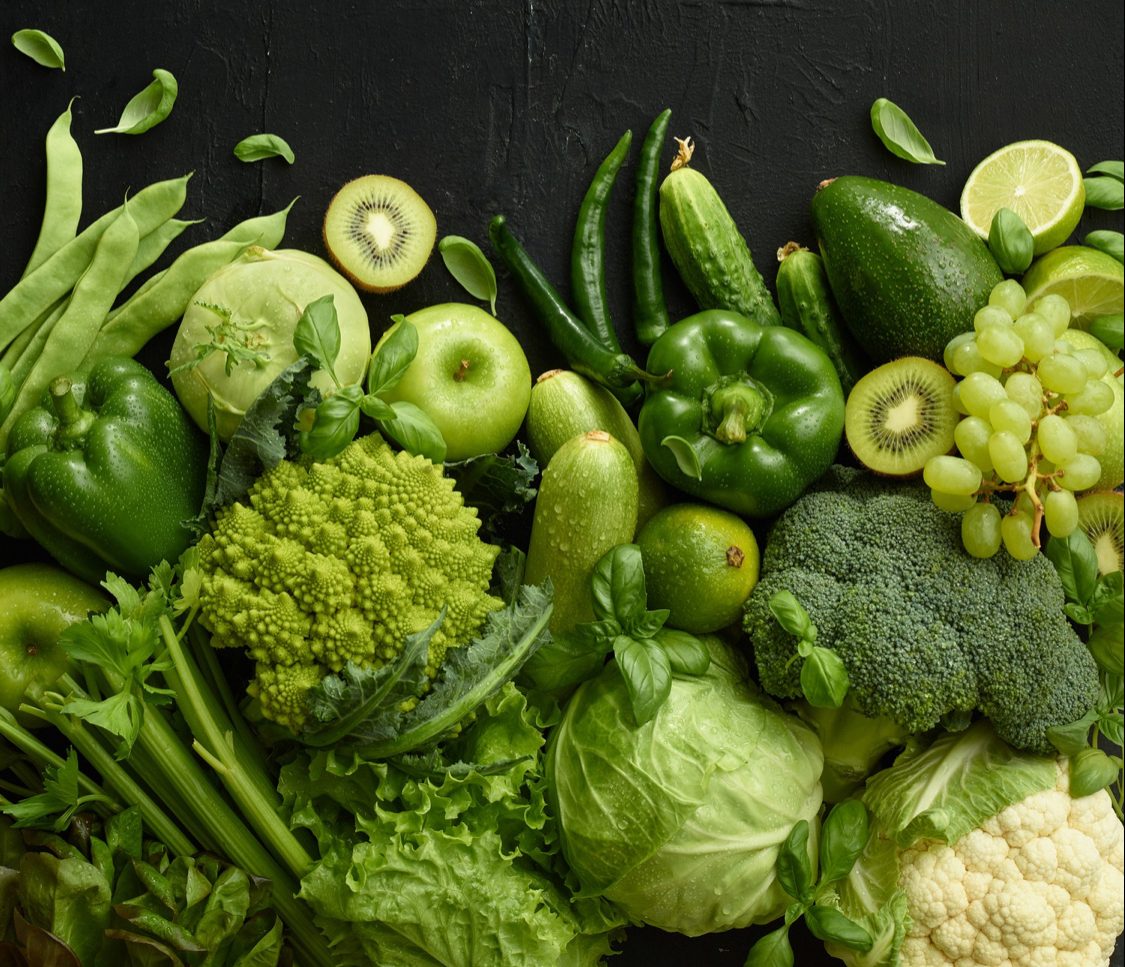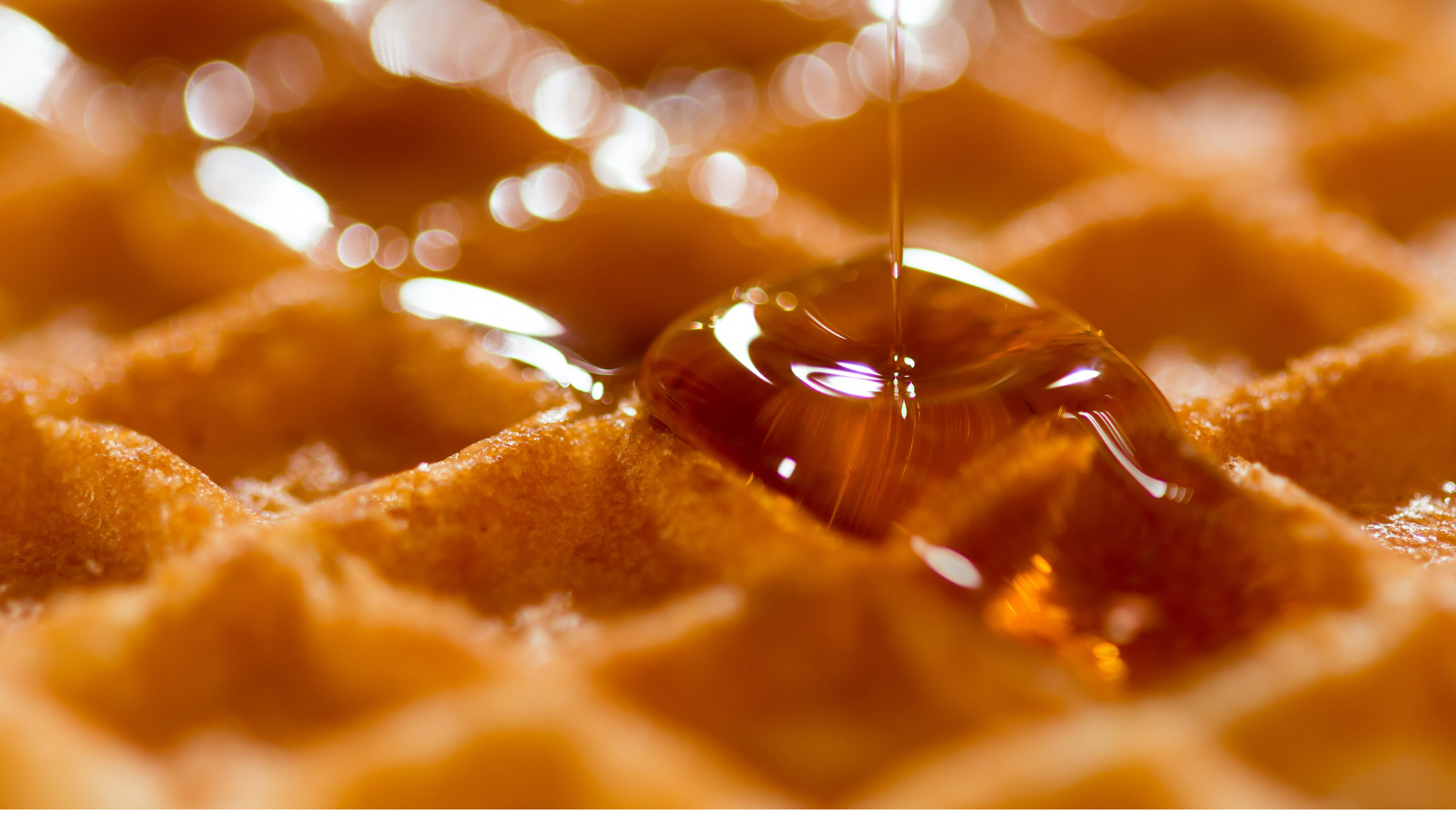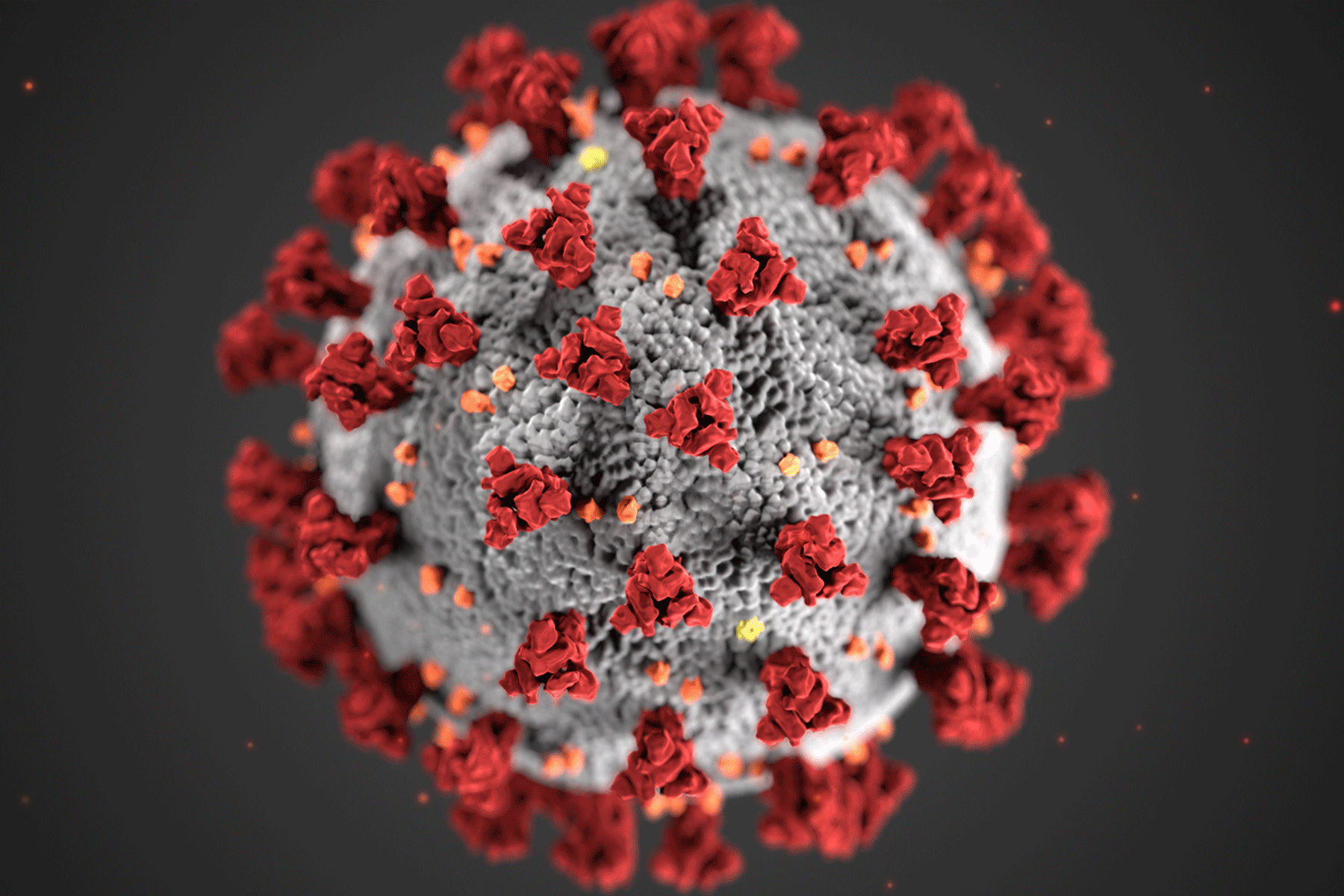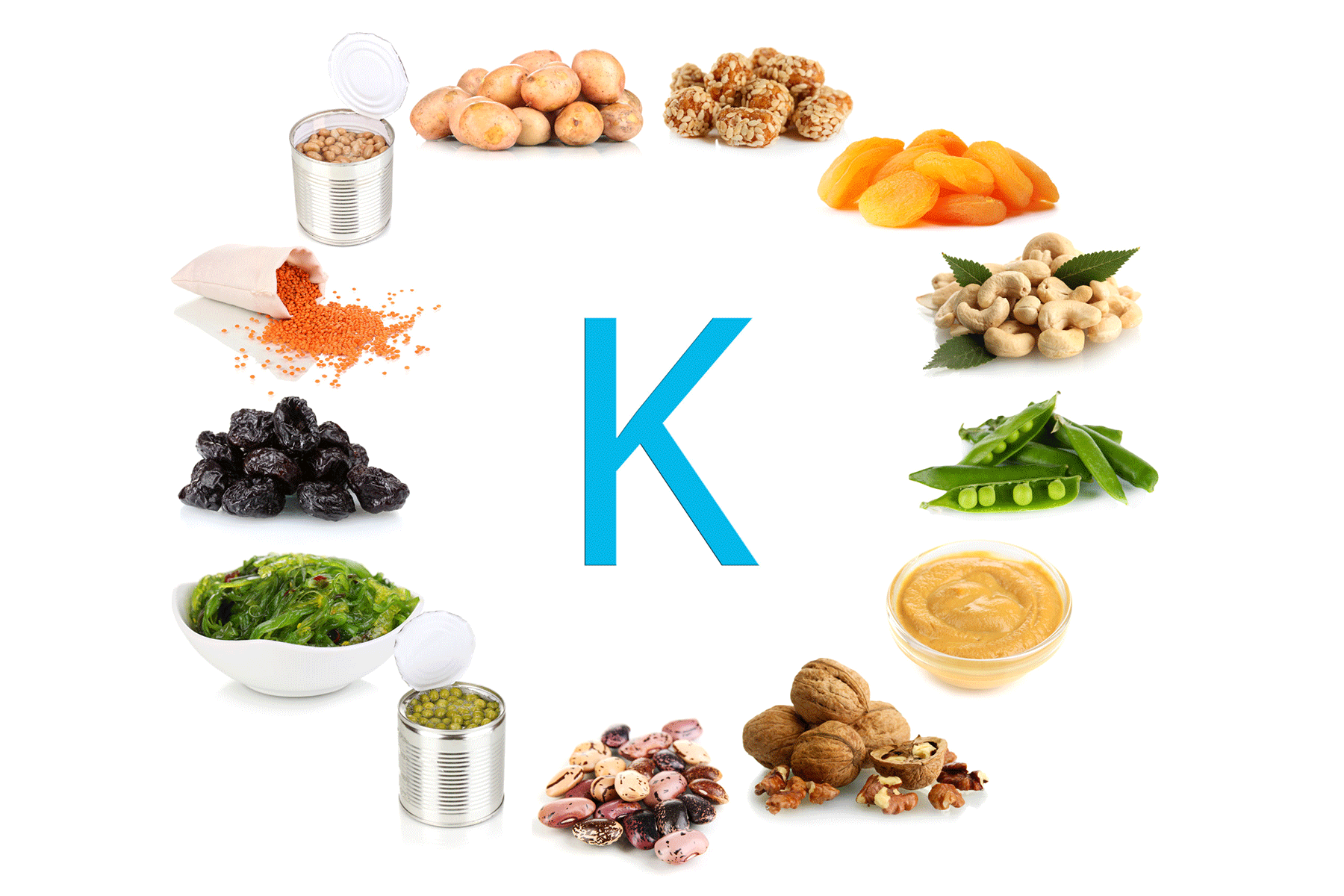Report
With rising concerns about food adulteration, it’s crucial to know what you’re eating—especially when it comes to fried snacks like chips. Social media has fueled fears of so-called “plastic chips,” supposedly containing synthetic materials. While some of these claims are exaggerated, it’s wise to stay cautious, especially when buying from unknown sources. Here’s how you can easily check whether your chips—be it potato, banana, or any other variety—are real and safe to eat.
What Are Plastic Chips?
People often use the term “plastic chips” to describe snacks that seem fake, unusually shiny, or suspiciously rubbery. These chips might:
- Contain synthetic or non-food-grade substances
- Be coated with wax or overloaded with preservatives
- Use inedible starches as fillers
- Burn or melt in strange ways when heated
- Chips from trusted brands usually meet safety standards, but snacks from roadside vendors or unknown brands can pose risks.
5 Simple Home Tests to Spot Fake Chips
You don’t need a lab to check your chips. Try these five easy tests using items you already have at home:
Burn Test: Does It Smell Like Food or Plastic?
How to Do It:
Hold a chip with tweezers and burn one corner using a lighter or candle.
What to Look For:
- Real chips: Burn slowly, smell like burnt food, and leave ash.
- Fake chips: May bubble, melt like plastic, and release a chemical smell.
Safety Tip: Always do this outdoors or near a window to avoid breathing in harmful fumes.
Water Test: Does It Dissolve or Float Like Plastic?
How to Do It:
Crush the chip into powder and stir it into a glass of warm water.
What to Look For:
- Real chips: Start to dissolve and release oil or starch.
- Fake chips: Stay solid, float oddly, or clump like rubber.
Oil Absorption Test: Natural Oil or Greasy Residue?
How to Do It:
Place the chip between two clean tissue papers and press firmly.
What to Look For:
- Real chips: Leave an oil stain from frying.
- Fake chips: Leave little to no mark or a sticky residue from low-grade oil.
Surface Inspection: Natural Texture or Too Smooth?
How to Do It:
Zoom in on the chip’s surface using your phone camera or a magnifying glass.
What to Look For:
- Real chips: Show fibres, pores, or rough textures.
- Fake chips: Look unusually smooth, shiny, or plastic-like.
Taste & Texture Test: Does It Taste Like Food?
How to Do It:
Taste a small bite of the chip.
What to Look For:
- Real chips: Taste salty, crisp, and break down easily.
- Fake chips: Feel rubbery, chewy, or taste synthetic.
Don’t Believe Every Viral Video
Not all online claims about plastic chips are accurate. Keep these facts in mind:
- All chips can burn because they contain oil and starch.
- Floating in water isn’t always a sign of a fake chip—air pockets can cause this.
- Many packaged snacks contain safe amounts of preservatives and wax for shelf life.
Smart Buying Tips: How to Avoid Fake Chips
- Buy only from trusted brands or stores
- Check for packaging details: FSSAI license, date, and batch number
- Avoid chips that look unnaturally bright or shiny
- Don’t eat chips that smell chemical or off
Stay Informed, Snack Smart
Fake chips may not be everywhere, but the risk exists, especially from unknown sources. Knowing how to spot red flags helps you protect your health and enjoy your snacks with peace of mind.
Source: Zee News
 Food Manifest
Food Manifest 